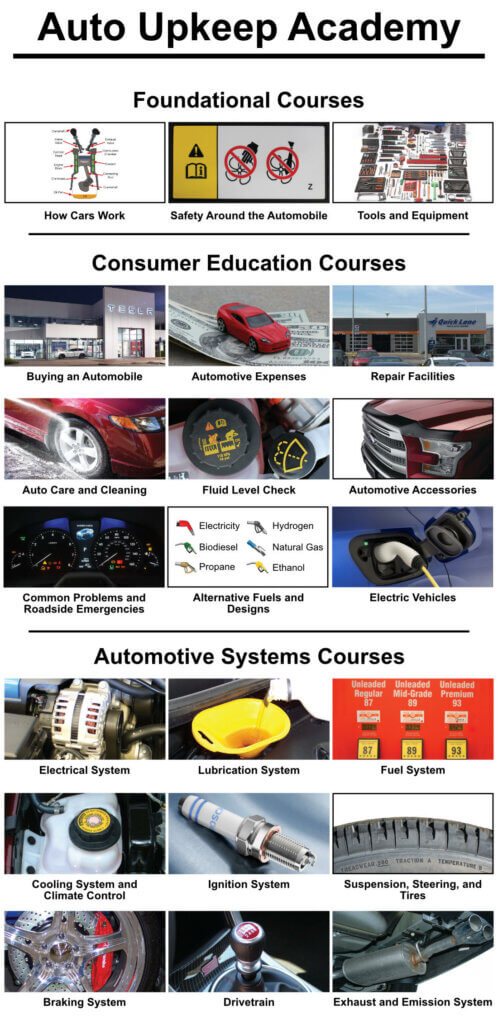
This post is sponsored by the car accident attorneys of Florin|Roebig.
Getting into a car accident can be stressful and even more so if you’re unsure of your own liability in an accident and what options you have for seeking car repair or replacement coverage.
Understanding key terms like “collision coverage” and “liability” can be crucial in the aftermath of an accident. It can be important to research your legal options for pursuing compensation, especially if your car was damaged in the accident, in order to get your car repaired or replaced.
For this reason, the following information can be useful in helping you understand what you need to do following a car accident and how to get your car repaired.
Understanding Car Accident Liability And How It Affects Lawsuits
Liability is a legal term that refers to legal responsibility for an act, or the failure to act in a situation that would legally require action. When you get into a car accident, one of the most important factors in who will pay for car damages is who was liable for the accident.
Were you driving and texting at the time of the accident? Was the other driver? Accidents can happen in a number of ways, and in some cases it can be difficult to determine who’s at fault for causing the accident.
Liability for car damages typically depends on negligence, another term to describe fault in an accident. To receive compensation from another driver at fault—or their insurer—for car damages, you’ll have to prove liability with evidence that it was the negligent behavior of this other driver that caused the accident. The only exception to this is accidents that occur in a no-fault state.
Car accident liability laws in the U.S. can vary by state. In a no-fault state, all drivers involved in an accident must seek insurance coverage from their own auto insurance policy, regardless of who’s at fault. No-fault laws currently apply in 12 states and Puerto Rico, with exceptions for some severe injuries (or death) sustained from motor vehicle accidents.

What To Do When The Other Driver Is At Fault
If you get into an accident and the other person is entirely at fault, you’re entitled to compensation for resulting car damage. If you’re in a traditional fault state, you’ll have to prove the other driver’s negligence in order to seek payment from the driver or their auto insurance company.
What To Do If You’re At Fault
If you’re at fault for a car accident, you may be able to seek collision coverage through your auto insurance policy to pay for the damage to your car. Collision coverage provides reimbursement for damages under circumstances where you’re determined to be at fault for an accident, or the other driver’s auto insurance isn’t enough to cover your damages when they’re at fault.
If you’re at fault for an accident that doesn’t involve another vehicle, such as driving off the road, you’ll have to decide whether to pay for the damages yourself or make a claim for collision coverage.
However, under circumstances where you’re at fault, filing a claim could result in an increase to your insurance premium in the long run. Consider your options, with the extent of your damages and the estimated repair costs in mind, before deciding whether it’s in your best interest to make a claim or try to pay for repairs yourself.
What To Do When You’re Partially At Fault
Not every accident is straightforward when it comes to determining fault. Perhaps both you and the other driver were distracted at the time of the accident. If you’re determined to be partially at fault for an accident, depending on where you live and your insurance policy, the amount of reimbursement you can seek through a car accident claim may be limited or denied.
If the nature of the accident is complex, or results in severe consequences, speak to a car accident attorney before making any statement to your auto insurance company. Car accident attorneys can help you prepare a statement that won’t risk a denial of coverage and can advocate for compensation for car damages on your behalf.
Types Of Damages Covered By Car Insurance
No matter which state you live in, the responsible auto insurance company will only pay for car damages up to the limits of your or the other driver’s auto policy. Depending on the extent of your damages, this may result in only partial coverage for your total car repair or replacement costs.
States do differ in the amount of liability insurance drivers are required to have in order to drive on the road. The amount of liability coverage you or the at-fault driver have may affect how much reimbursement you’re able to receive from the auto insurance company to which you’re filing a claim.
The types of coverage you have in the event of a car accident can vary depending on the type of auto insurance plan you’re covered under. Common forms of coverage in auto insurance plans include:
- liability coverage for bodily injury and property damage
- collision coverage
- uninsured/underinsured motorist coverage
- personal injury protection (for medical expenses)
- comprehensive coverage
Your auto insurer or an attorney can explain these different types of coverage to you in greater detail. Check your insurance policy, or consult your insurer, to determine which types of coverage are offered in your auto insurance plan—or that of the driver at fault.
What To Do After Getting Into A Car Accident
If you get into a car accident with one or more motorists, take the following steps:
- Seek medical assistance, as needed.
- Get the information of all drivers involved, including contact information, license plate number, driver’s license number, and insurance information.
- Ask any witnesses for their information as well. Witness testimony can serve great use to help back your version of events if you’re having trouble securing coverage for car damages.
- Call the police to get a police report of the accident on file.
- Take photos of the accident scene, including photos of the vehicles, resulting damage, and any other relevant details.
- Consider contacting a car accident attorney to discuss your best options for dealing with car damages and to help you prepare a statement for your auto insurer.
There are several factors that can affect how easy or complicated getting compensation for car damages is going to be after getting into an accident.
If you’re unsure how to seek coverage for car damages after an accident, or are having trouble getting compensation from another driver or your insurance, an experienced car accident attorney can help guide you through this process.
This post is sponsored by the car accident attorneys of Florin|Roebig.
Sources:
Insurance Information Institute — Background on: No-fault auto insurance




